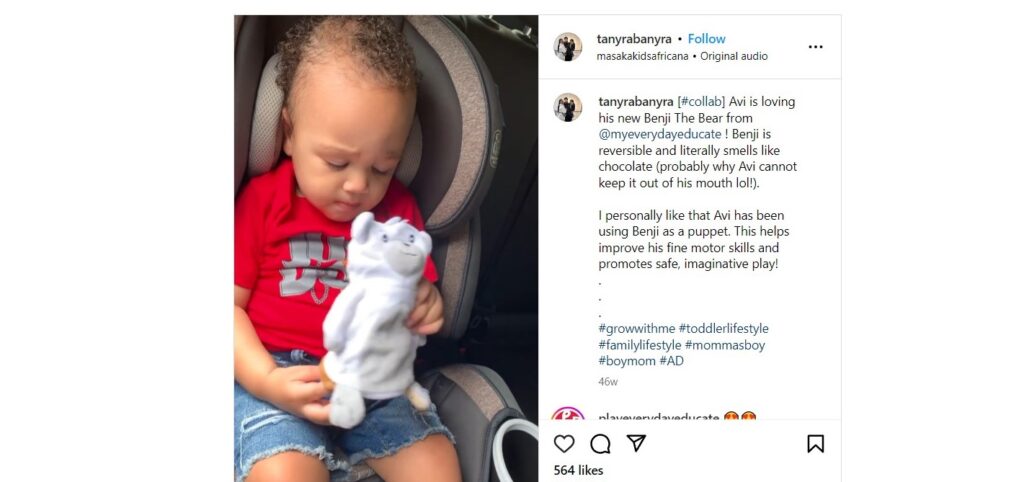In the dynamic world of online shopping, one of the numbers that online businesses keenly watch is their conversion rate. The conversion rate is like a barometer of how effectively an online store can turn its visitors into satisfied customers. However, achieving a high conversion rate isn’t always a walk in the park.
An E-commerce conversion rate is a way to measure how many people visiting an online store actually make a purchase. It tells you the percentage of visitors who become customers.
Calculate Conversion Rate: Divide the number of purchases by the number of visitors, and then multiply by 100 to get the conversion rate as a percentage.

For example, if you had 1000 visitors and 50 of them made purchases, the conversion rate would be:
Conversion Rate = (50 / 1000) * 100 = 5%
To give your e-commerce game a real boost, let’s delve into seven proven strategies that can genuinely make a difference.
1. Getting to Know Your Audience Like a Best Friend
If you’re throwing a party, you want to know who’s on the guest list, right? Similarly, to boost your e-commerce conversion rates, you need to know your audience inside and out. Dive into some market research to get the scoop on what they love, what bugs them, and how they shop. Armed with this information, you can tailor your website, products, and marketing to strike a chord with your audience, making conversions a whole lot more likely.
2. Making the Checkout a Breeze
Imagine this scenario: You’re all set to buy something, but the checkout process feels like a marathon. Frustrating, right? Well, the same goes for your customers. Simplify that checkout process, and watch the conversions roll in. Think guest checkout, autofill forms, and progress indicators. And don’t forget to sprinkle in some trust signals – you know, those reassuring signs that tell your customers their payment is safe and sound.
3. Giving Your Products the Visual Spotlight They Deserve
A picture is worth a thousand words, they say. And they’re right, especially in the world of e-commerce. When your customers can’t touch or feel the product, high-quality images and videos step up to the plate. Show your products from all angles, throw in some zoom features, and maybe even a video of your product in action. This visual feast helps your customers connect emotionally, pushing them a step closer to hitting that “Buy” button.
4. Letting Your Customers Do the Talking
In today’s digital age, your customers have become your best advertisers. Their reviews, testimonials, and user-generated content can work magic on your conversion rates. Positive words from past buyers build trust and credibility, wiping away any doubts a potential customer might have. Sprinkle in some real-life photos and stories of your products in action, and you’ve got yourself a winning formula.
5. Making Friends with Mobile Optimization
We’re glued to our smartphones, so having a mobile-friendly website is non-negotiable. If your website isn’t mobile-responsive, you’re missing out on conversions – plain and simple. Your mobile site should load fast, look great, and offer a smooth shopping experience. An awkward mobile interface can send potential customers packing, taking their conversions with them.
6. Personalizing Recommendations, Just Like a Shopping Assistant Would
Imagine having a shopping assistant who knows your tastes inside and out. That’s the magic of personalization. Use data to offer tailored product recommendations based on your customer’s browsing and buying histories. Be that friendly voice suggesting complementary products or things that go perfectly together. By showing customers what aligns with their style, you’re leading them to that checkout page.
7. Being the Superhero of Customer Support
Great customer support isn’t just a bonus – it’s a conversion booster. Make sure your customers have options to reach out with questions or worries. Live chat, emails, and a responsive social media presence make a real difference. Fast, helpful answers build trust and dissolve any hesitation a customer might have. When they know you’ve got their back, they’re more likely to hit that “Complete Order” button.
Wrapping It Up with a Bow
Ramping up those e-commerce conversion rates needs a multi-pronged approach. Craft those irresistible product descriptions, get friendly with your audience, make the checkout process a breeze, harness the power of visuals and social proof, embrace mobile-friendliness, personalize recommendations, and rock your customer support. Stay vigilant, analyze the numbers, and adapt – that’s the secret sauce to keeping those conversion rates soaring.
FAQs: Your Burning Questions, Answered
FAQ 1: What exactly is an e-commerce conversion rate?
An e-commerce conversion rate is like a scoreboard, showing you what percentage of visitors to your website end up taking a specific action you want them to take – like making a purchase.
FAQ 2: How can I figure out my e-commerce conversion rate?
Easy-peasy. Just divide the number of times that desired action happened (like sales) by the total number of visitors, and then multiply by 100.
FAQ 3: Why are product descriptions such a big deal?
Think of product descriptions as your online salesperson. They give your customers all the details about the product and help them decide.
FAQ 4: What’s the deal with social proof?
Social proof is like a nod of approval from the crowd. It’s those customer reviews, star ratings, and stories that give your products street cred.
FAQ 5: How can I make my website fancy for mobile users?
Just make sure your website looks and works great on smartphones and tablets. A clunky mobile site is like a pothole on the road to conversions.
Let’s take your e-commerce business to the next level together!
For any inquiries about your business needs and our services, drop us an email at gary@shipdepot.com or give us a ring at 818-510-1499. We are happy to help!



